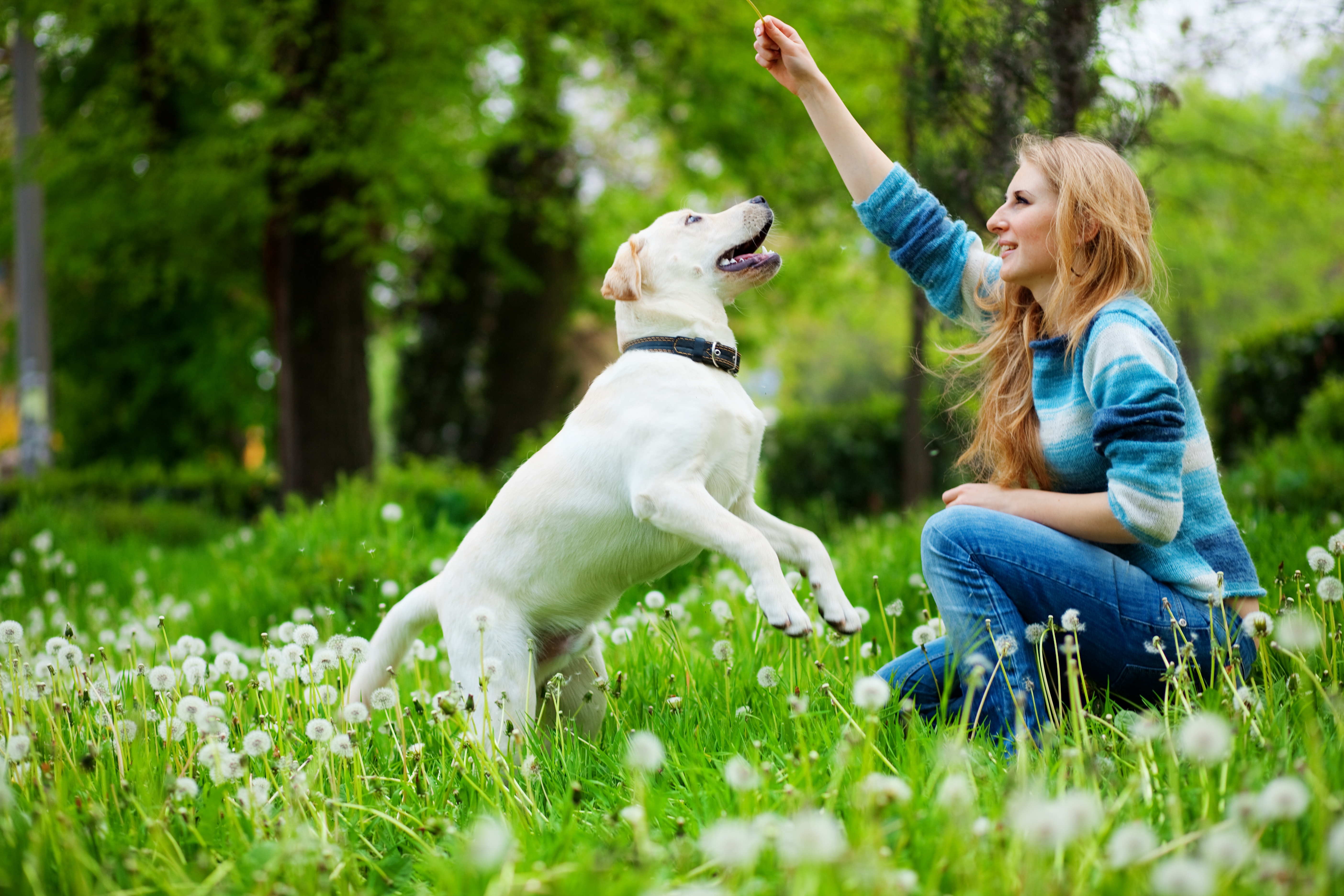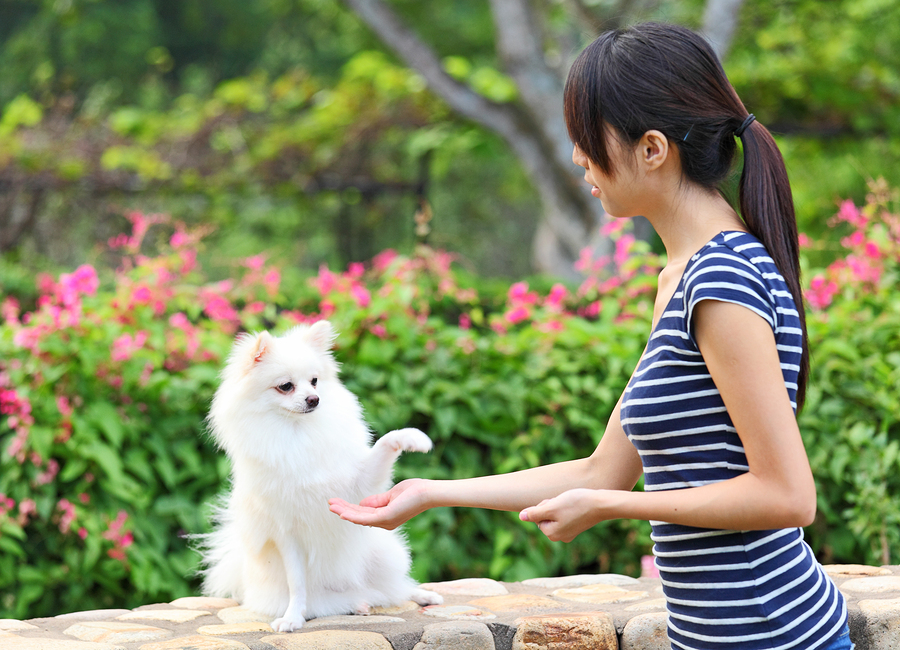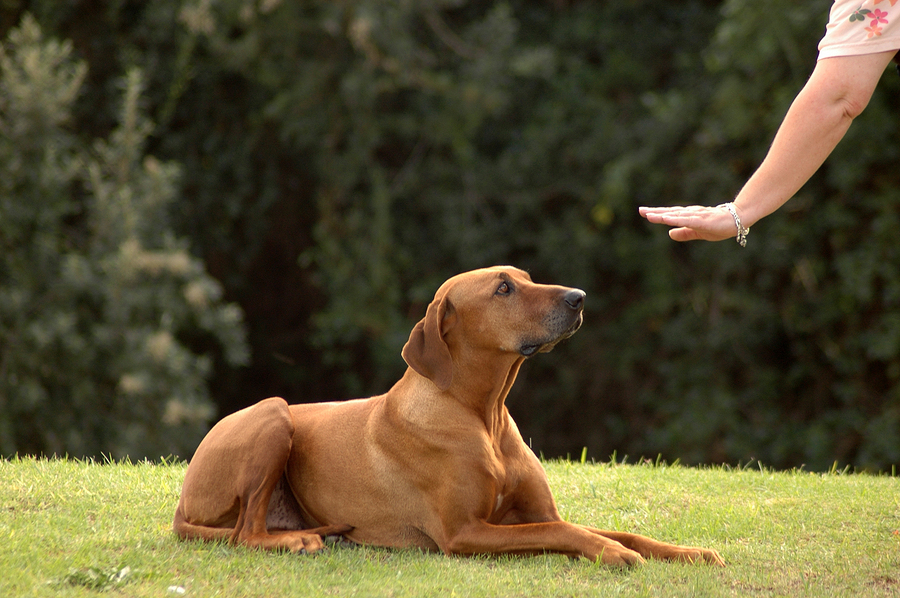So, you’ve finally decided to accept a precious new puppy into the family? Having a playful little ball of energy can be a fun and exciting experience for everyone, but how do you stop that cute little fluff from making a feast out of your shoes and leaving unwanted presents on your lovely carpet? As many experienced pet owners can attest to, it is never too early to start basic training. Incorporating training as soon as possible can help avoid future confrontations and confusions between you and your dog, as well as make the transition into their new home much easier. Of course, training is by no means a small task and is not easy to cover properly. So, here are some tips that can help make the puppy training process easier for you and your new family member.

Prepare Beforehand for an Easier Transition
While it may seem absurd, training your pooch actually starts even before you both have the chance to meet each other at home. Before choosing a dog, it is important to make a list with a few house rules. Where will your puppy stay? Will he or she be allowed on the furniture? Will there be any off-limit rooms in the house? You must consider your dog’s history as well, in case their previous owner had specific rules that contradict yours. These kinds of questions are important to establish beforehand so you can train your puppy with these ideas in mind. It also makes training for dogs easier since they do not receive mixed signals with no prior signs. With all the house rules decided on, it’s time to choose the perfect name for your pup. While it may seem trivial, the perfect name can make all the difference while training. Even if there is a name you enjoy, short names ending with a strong consonant such as ‘Jack’ or ‘Ginger’ can grab your puppy’s hyperactive attention much easier. In addition, these names are generally easier to clearly pronounce and allow your puppy to know when he is called. Of course, you may also need to consider your dog’s past when picking out a name in the case that they had a different name with an abusive owner or inherited a dizzyingly lengthy name from their breeders. However, there is no need to worry about these situations. In fact, dogs are able to adapt relatively quickly to a new name as long as they are treated with positive reinforcement. Remember, it is crucial to always associate whichever name you choose with positivity, even if your pup has done something wrong. When your puppy hears their name, they should be happy and associate it with a word like ‘food’ or ‘play’. Once your puppy finally comes home, it is important to focus on helping them adjust to their new surroundings rather than immediately begin training. One way to accomplish this is to give them a warm water bottle and put a ticking clock near their bed to imitate the heat and heartbeat he felt with their litter-mates. The more comfortable they are with you and their environment the easier training will be in the future.

Positive Reinforcement & Puppy Training
Puppies can usually start basic obedience training as early as 7 to 8 weeks old. The first step to any good training session is to figure out what type of positive reinforcement works best for your pup. The most well-known reinforcements are puppy treats, but this is not the only thing you can use to teach your puppy. While some dogs do enjoy special treats such as drier liver, others particularly like being petted or even engaging in playtime with their owners. Understanding this fact can make training time much more rewarding for them and can encourage them to follow your commands. When you begin training, keep in mind that a typical session should be relatively brief for puppies with an average session being around 5 to 10 minutes only. While this may not seem like enough, consider you’re your puppy is going through. Puppies are not as strong as adults and can tire out or get bored very easily. So, pushing them further would only serve to worsen their condition or even cause them to develop a negative image of training. In this time frame, however, many things can be accomplished.
The Five Core Commands
A puppy is too way too young to receive formal dog training, but this does not mean they don’t need important informal training either. Unlike formal training, informal training can help you and your puppy communicate better around the household and in public. Right off the bat, there are five basic commands that owners are recommended to teach their little friends. The first command is ‘come,’ which teaches your puppy what their name is and how to respond to it. The next one is loose leash walking, which introduces the concept of the collar to your pup and prepares them for a future of fun walks. The next subject is teaching your dog to sit, which many owners know is a very useful tool around the house. Along with sit comes ‘stay,’ which can be a great way to make sure your little puppy keeps its paws out of mischief. The last command recommended is ‘lay down’ which can be used at the end of a long day. While these commands are not the only ones that can be learned by your puppy, it serves as a great start to their learning career. While these five core commands can be taught in any order, some will be naturally trickier than others. For instance, ‘stay’ is harder for a dog to do than ‘sit,’ while ‘lay down’ is much more difficult than either of those. Therefore, a logical order should be decided upon before your puppy begins training.

While training can become an exasperating task at some points, remember to always keep your goal for the day in mind. Training sessions with a puppy should be short, sweet, and fun for both of you. To accomplish this, sessions should always end on a positive note to show your puppy that you are proud of them for all the work they did that day. If your dog is having a difficult time learning a new command, maybe review a command they are an expert at and reward them with lots of treats and affection when they perform it properly. At the end of every training session, you should also evaluate your puppy’s progress to see if you are progressing at the right pace and if there is another way to go about training that could make your dog’s learning process easier and fun. Of course, the process naturally takes a lot of time, so try to not rush this process too much. Your puppy is trying its very best to do what you ask, and you should appreciate that. Even through all the struggles, puppy training is a very rewarding process that will help you and your little one in the long run. With these tips, training should hopefully be as fun as simply playing with your puppy.
About Us
We've taken the guesswork out of caring for your pets. Our formulations are created by experienced veterinarians to address specific solutions for a variety of pet issues.
All of our products are:
As seen on:











